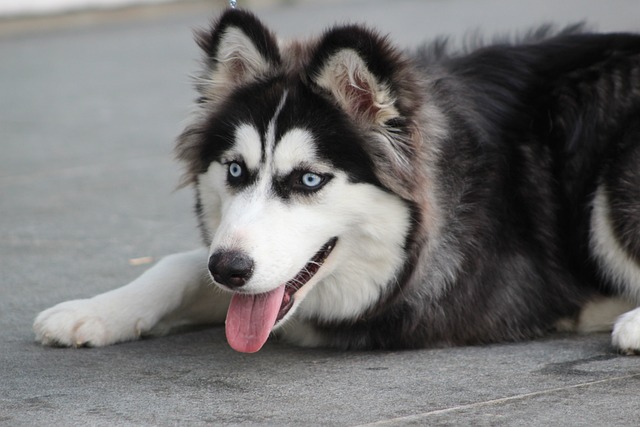
Are Huskies prone to stomach issues?
If you've ever watched a Husky scarf down their food like it's the last meal on earth, you might wonder if their eating habits spell trouble for their stomachs.
Let’s picture a common scenario for new German Shepherd owners in a Seattle suburb: Your 8-month-old pup, Kaiser, used to bound up the stairs with ease, but lately he hesitates, his hind legs wobbling slightly as he climbs. You notice he avoids jumping onto the couch and prefers lying down after walks. That nagging worry creeps in: Could this be hip dysplasia, and at what age do German Shepherds usually show signs? Understanding the age-related risks and warning signs can help you protect your loyal companion’s mobility.
Hip dysplasia is a genetic condition where the hip joint doesn’t develop properly, causing instability and eventual arthritis. While genetics play the biggest role (about 20–30% of German Shepherds are affected), environmental factors like rapid growth, obesity, or high-impact exercise can worsen it. Puppies as young as 3–6 months may show early clues—limping, bunny-hopping when running, or reluctance to stand after naps. But it often progresses subtly; many owners in places like Texas first notice changes between 1–2 years old, when the dog’s full weight (75–95 pounds for males) starts stressing the joints. Senior Shepherds (7+ years) may develop severe arthritis, making even short walks painful. Think of it like a loose door hinge: it starts creaking quietly, then becomes impossible to ignore as the damage accumulates.
The age of onset varies widely. Puppies with severe genetic predisposition might show symptoms by 4 months, especially if they’re fed a high-calorie diet that speeds growth— a common mistake in eager new owners in NYC apartments who want their pup to “grow strong” too fast. Moderate cases often emerge during adolescence (6–18 months), when the dog is most active. You might see them tire faster on hikes in Colorado, struggle to keep up during jogs, or have trouble rising from smooth floors, their hind legs splaying as they push to stand. Mild cases may go undetected until middle age, when stiffness after naps or reluctance to jump into the car (a beloved ritual for road-tripping Shepherds in California) signal joint wear that’s been building for years.
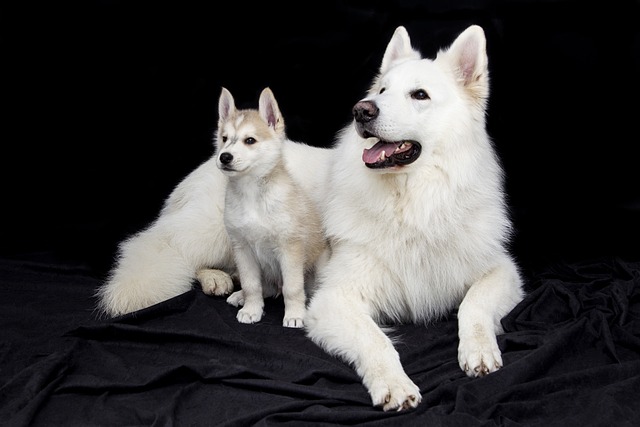
Protecting Kaiser’s hips requires a lifelong approach tailored to each stage. In the puppy months (3–12 months), focus on preventing rapid growth by choosing a large-breed puppy food formulated to balance calcium and phosphorus, which supports steady bone development without overloading joints. Limit high-impact activities; skip forced runs up steep hills in Oregon or endless fetch sessions that demand repetitive jumping, as these strain developing hips. Regular vet visits are crucial—ask for a hip palpation at wellness checks, and consider early X-rays at clinics in Chicago or other cities that offer breed-specific screening discounts.
As Kaiser enters adolescence and adulthood (1–7 years), maintaining a lean body condition is key—every extra pound adds four times the pressure on his hips, equivalent to a human carrying a 50-pound backpack daily. Incorporate joint supplements like glucosamine and chondroitin (vet-approved brands like Dasuquin are popular) into his diet to lubricate joints and support cartilage health. Use a harness for walks instead of a neck collar to reduce pulling strain, especially in urban areas like Boston where navigating busy streets requires control without choking pressure on the neck.
For senior Shepherds (7+ years), regular vet visits (required by animal welfare laws in all states) become even more important. X-rays can assess arthritis progression, and your vet might prescribe anti-inflammatory medications or recommend physical therapy, such as underwater treadmill sessions offered at rehab centers in Florida to improve mobility without stressing joints. At home, create a dog-friendly environment: place non-slip rugs on hardwood floors in your Houston apartment to prevent slips, and install ramps for access to beds or cars to avoid risky jumps.
This care aligns with broader cultural norms of responsible pet ownership in the U.S. Reputable breeders screen parent dogs for hip dysplasia via the Orthopedic Foundation for Animals (OFA), a standard practice that reduces genetic risk and reflects a commitment to the breed’s well-being. It’s part of the same ethos as keeping vaccinations up-to-date (a legal requirement) and always cleaning up after walks with poop bags (fines up to $300 in NYC for neglecting this). Positive reinforcement training is essential—never scold Kaiser for slow movements or reluctance to obey; instead, reward calm behavior during vet exams or when using a ramp, following the kind training methods most American trainers advocate to build trust, not fear.
Whether you’re hiking the Rockies with a young Shepherd or enjoying quiet evenings at a suburban Ohio home with a senior pup, staying attuned to age-related changes and proactively supporting joint health can significantly improve your dog’s quality of life. Hip dysplasia may be a common challenge in the breed, but with early awareness and consistent care, Kaiser can maintain his iconic Shepherd confidence and stride for years to come.

If you've ever watched a Husky scarf down their food like it's the last meal on earth, you might wonder if their eating habits spell trouble for their stomachs.

Imagine this: You’re sorting through Halloween candy, and your curious Cocker Spaniel sneaks a square of dark chocolate off the counter.
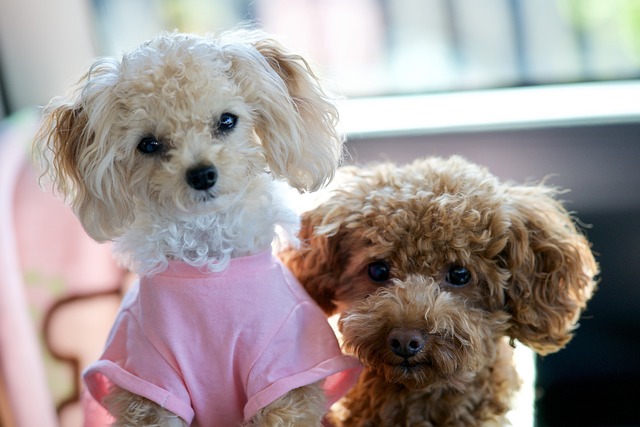
Seeing your dog constantly scratching,shaking their head,or tilting it to one side is heart-wrenching. Chronic ear infections can turn your playful pup into a miserable mess, but with the right approach,

Watching your dog bound around the yard feels like pure joy, but the shadow of heart disease can dampen that happiness.
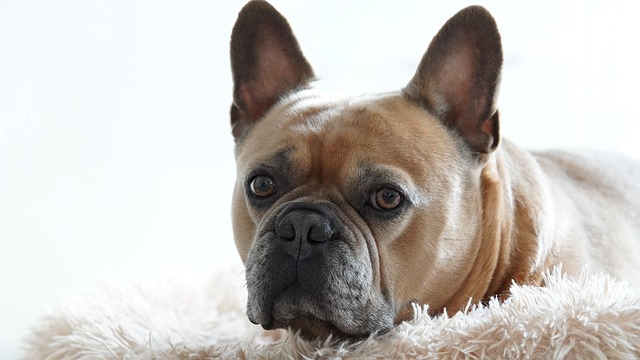
Your husky Atlas bursts through the door after a winter hike in Vermont’s woods, his silver coat caked in frozen mud and road salt.
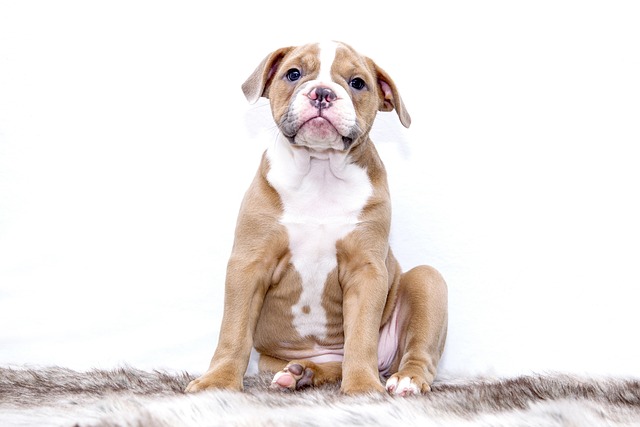
You’re enjoying a cozy evening, munching on a chocolate bar, when suddenly your curious Labrador Retriever swipes the remaining piece right off the coffee table.